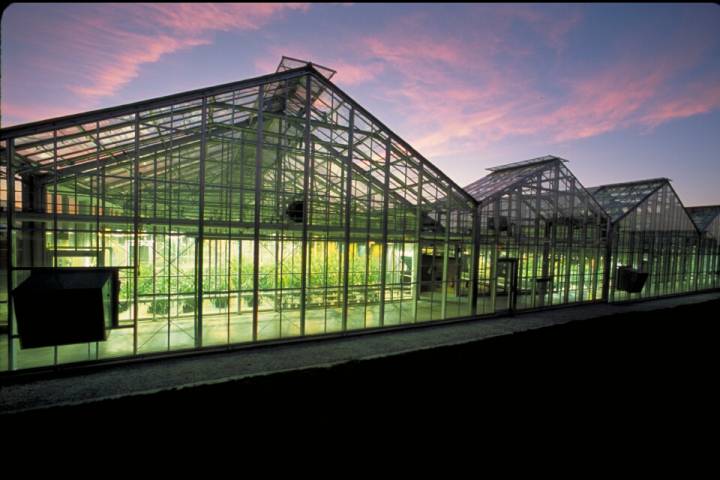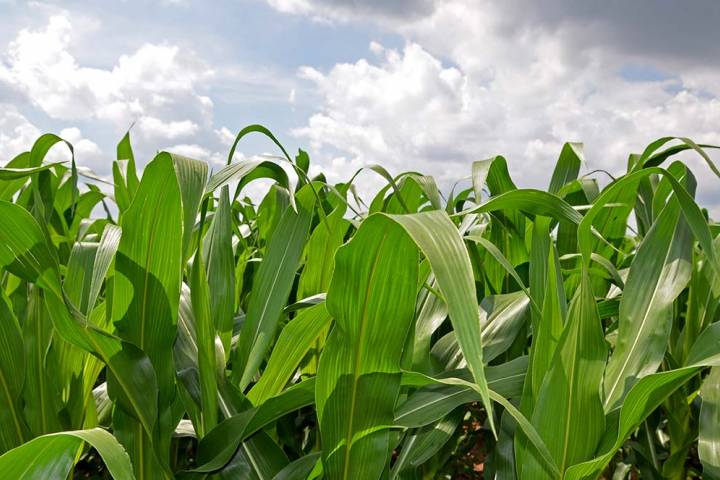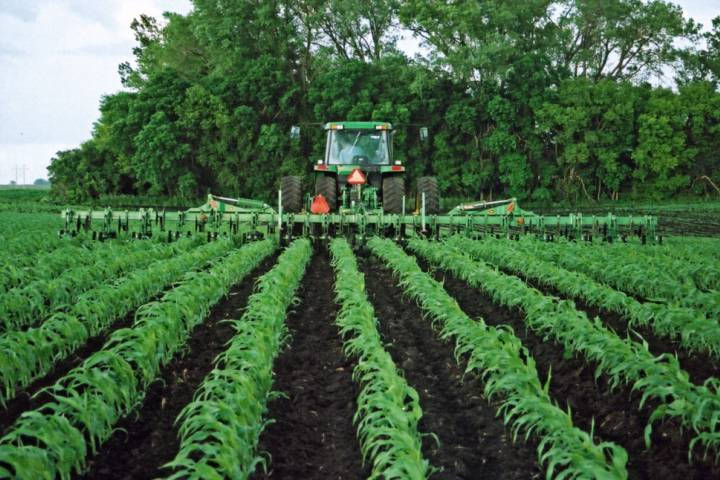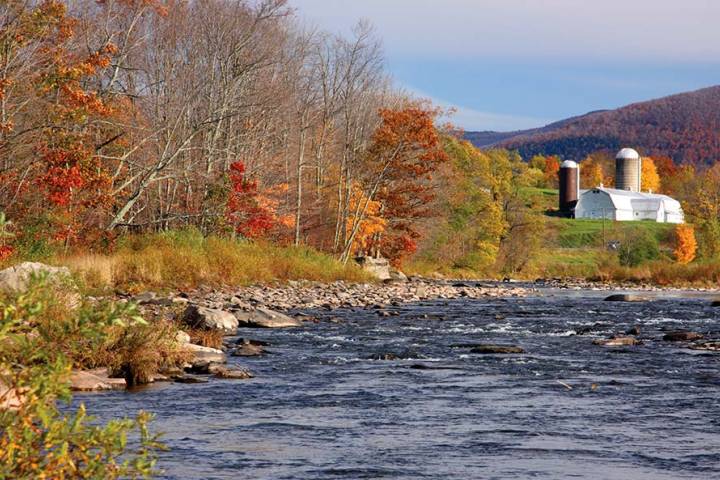Growing Ohio
Corn is a grass, native to the Americas. Evidence in central Mexico suggests corn was used there about 7000 years ago. Various Native American tribes shared their knowledge of corn, also known as maize, with early European settlers saving many from starvation. Early American colonists ground dried corn as meal for flour to use in porridge, cake and bread. Sweet corn, served as “corn on the cob,” was not developed until the 1700s.

Along with wheat and rice, corn is one of the world’s major grain crops and the largest grain crop grown in the US. About 9% of all the corn is used to produce food for humans: corn meal, cooking oils, margarine, corn syrups and sweeteners (fructose). About 64% of all corn is used as feed for livestock. Corn is harvested for either grain or silage with most of the grain going to dairies, animal feeding operations, and poultry operations. Corncobs have been used in the manufacturing of nylon fibers and as a source for producing degradable plastics. Ethanol, made from corn, is a renewable fuel used in today’s cars.
Corn is pollinated by wind and is typically planted in 30-inch rows. A single seed, or kernel, of corn may produce a plant which yields more than 600 kernels of corn per ear. Approximately 22,000 to 35,000 individual plants may be grown on an acre of land. Hybrid corn is developed to produce from one to two ears per plant. More than 80 million acres of the heartland are planted in corn each year.
After the corn is harvested, the farmer begins to prepare the soil for the next season by mixing in nutrients such as potassium and phosphorus with some form of tillage (breaking up soil) to incorporate them. In the spring, the farmer will do a light tillage pass to create smooth bedding for planting. When the ground temperature is ready (50°F and expected to rise), the farmer will plant and add fertilizer 2 inches deeper and 2 inches to the side of the kernels to help the seeds get a healthy start. After the seed is planted, most farmers will spray a pre-emergent herbicide to prohibit weed growth. When seedlings emerge and grow the farmer will inject the soil with some form of nitrogen fertilizer before the v8 (8th leaf development) stage. This spring fertilizer will allow for the plant to green up and establish good photosynthetic activity through harvest. The farmer will continue to scout the crop through maturity for any additional pests and harvest the crop when it is ripe in the fall.




